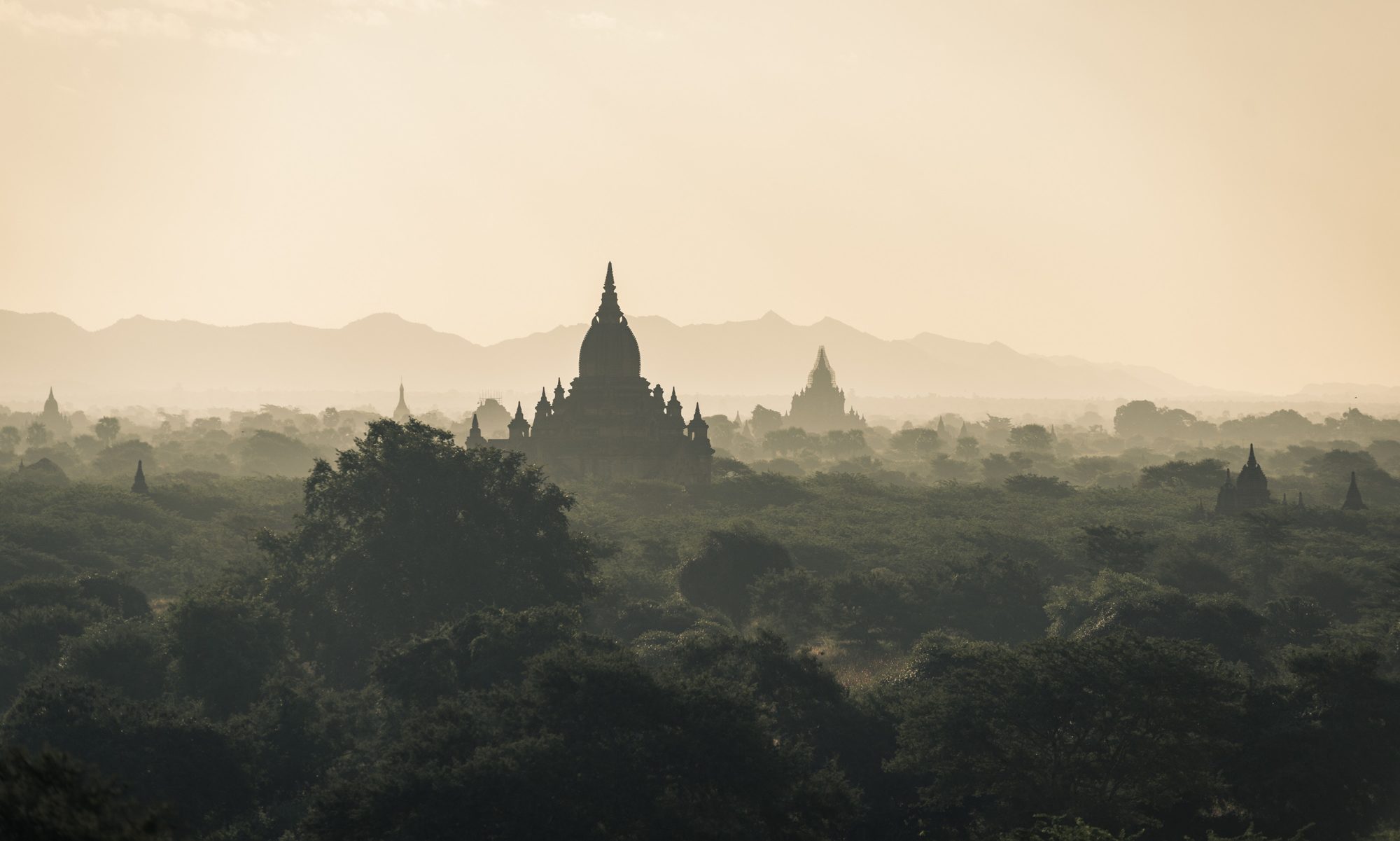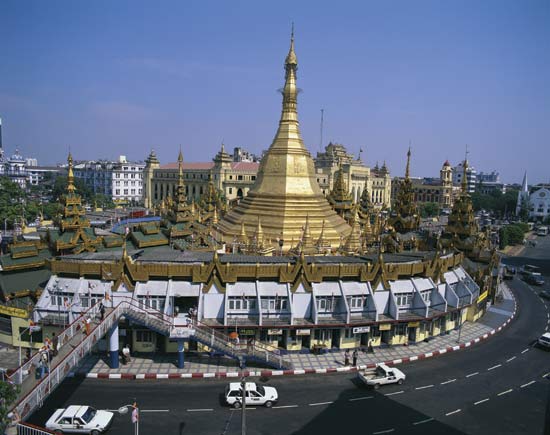Myanmar has been an enigma, both mysterious and fascinating, and somehow, seemingly out of bounds. It is very much a road less travelled, with decades of military rule making it a pariah nation, or perhaps not alluring enough for the average tourist looking for comfort, relaxation and fun activities in a plush environment. But with political transformation in progress, a trip turns out more to be a courtship with nature, in almost virgin territories as yet unexposed to the vagaries of modern living. Not that Myanmar is devoid of snow clad mountain peaks, pristine beaches, historical structures and centuries-old monuments, not to mention the immense Buddhist influence. The Hkakabo Razi Ski Resort in northern Myanmar and the impeccably tranquil beaches of Ngwe Saung and Ngapoli offer ideal retreats appealing to those wishing for time far away from the madding crowds.
Ever since the country opened up and a civilian government replaced military rule, the number of tourists has been steadily increasing. The number of international tourists crossed the 1 million mark for the first time in 2011-2012, and the government is targeting a foreigner footfall of over 3million in 2014, and around 7.48 million in 2020, as stated in the Myanmar government’s Tourism Master Plan 2013.
Little wonder then, that the European Council on Tourism and Trade has selected Myanmar for the ‘World’s Best Tourist Destination Award” for 2014, an award that is perhaps the highest honor in the travel and tourism industry worldwide. The award is an acknowledgement of a nation’s endeavor to promote tourism “as a resource for cultural and social development”, while also respecting the “ethics of human relations and preserve cultural and natural heritage”.
The Place
Myanmar remains quite reclusively fascinating for the global citizen. And those who visit this place often return time and again. A country with 135 ethnic groups, it stands out with its natural lakes and rivers, mountainous terrains, and thick forested plains. The country is rich in natural resources and has amazing marine life that fascinates tourists. The British influence is conspicuous in the colonial style buildings, which are in stark contrast to some exquisite golden pagodas, which catch attention wherever you turn.
Myanmar is divided into fifteen states, regions and a union territory with Yangon being the biggest city with a population of over 2.5 million, followed by Mandalay, Naypyitaw which is the capital city and a Union Territory, and others like Bago, Mawlamyine, Pathein and others.
The biggest tourist attractions remain Bagan and Inle besides Yangon which remains the best known city abroad.
Myanmar shares a long, winding border with Thailand, and neighboring India, Bangladesh, Laos and China, making it accessible by road, sea and air.
The People
The Myanmar people are simple, pleasant and always smiling. There is an imminent gentleness in their demeanor, and an inner calm that manifests itself in their actions, and a sense of complacency, even a quiet resignation. There is a huge divide between the upper and lower classes, and middle class that generally forms the backbone of any country, is almost missing.
People speak the Myanmar language, along with a hundred regional variants. The script has been derived from the Brahmi script, and English is known to very few people, making communication a bit challenging.
The Ambience
The ambience again is peaceful and tranquil. Vast expanses of green meet the eye giving the country a clean, green look. There is no rush, no frenzied pace of life, and it is amusing to see people relaxing by the lake, in tea shops, or just ambling along sidewalks. It is like living in an Indian city thirty years ago, without modern infrastructure, and a pace difficult to find elsewhere.
Doubtlessly, all this is set to change, and rapidly too…it remains to be seen, how fast Western influences seep in to radically transform this almost sleepy old country.

